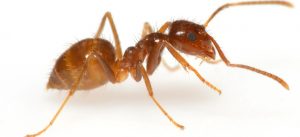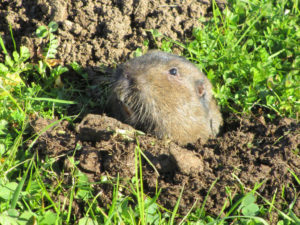
Presence of Gophers is a serious problem, as it destroys the underground utility cables and wires, water lines, irrigation pipes etc. Damage done by Gopher is severe in the fall and spring when they are active near the soil surface. Pocket gophers are the rodents whose size is from 5 to 14 inches long.
Pocket gophers have pouches outside their mouth, on each side of the face there is on pouches. As these pockets can be turned inside and outside and they are used to carry food. They have fur with black, brown and white colors. Pocket gophers heads are small flattened and have small ears and eyes.
Gophers are one the one which are extremely well adapted and built for an underground existence. The gopher lives most of its life below the surface where they dig a burrow system. A gopher can create large mounds. Gopher can dig extensively which can be very deep up to several hundred feet. As they dig burrows, they push the soil to the surface due to which a mound is created, usually in a shape of fan. Gopher tunnels are sometimes not visible on the ground surface due to their deeper location.
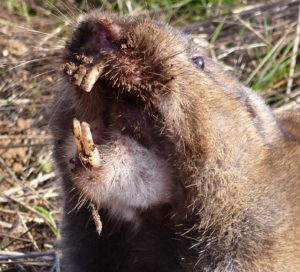
Let’s have a look at the evidence,
Gopher chews through fiber optic line
Frontier Communications technicians were called out early on Nov. 14 after a fiber optic cable line was cut in the McCornick area, effectively downing services across the county.
According to Paul Clark, data and phone services were lost countywide around 3 a.m., after gophers chewed through a 48-strand fiber.
“Everything on the east side of the county was down,” Clark said. “Anyone on a circuit would have been affected.”
The outage knocked out emergency services, causing 911 calls to be rerouted to a backup in Richfield.
“This happens about once or twice a year,” said Clark about pest damage to fiber optic lines. “And of course it had to happen in the middle of the night.”
Approximately 900 feet of fiber was replaced, covered in conduit, and buried underground. The conduit should deter or slow rodent damage, Clark said.
The Millard County Sheriff’s Office reported 911 was rerouted back to local offices around 4:30 p.m. Circuits were repaired by 9:30 p.m., with services operational by midnight, Clark said.
As of Nov. 19, all services “should be up and running,” Clark said. If customers are still experiencing difficulties connecting or have no service, contact Frontier.
Delta customers now have the chance to experience wireless Internet across the city. Newly installed, the new routers have signal that broadcasts up to five miles outside of city limits, Clark said.
Gopher Bounties Still an Incentive for Trappers in Sherburne County, Elsewhere
Jerry Ehlenfelt would likely continue trapping pocket gophers regardless.
The burrowing rodents and the mounds they create pose a nuisance on the 30 acres of land the retired Vietnam veteran owns between Big Lake and Elk River in Sherburne County.
But, the $2 per gopher bounty he’s able to collect from Big Lake Township each year makes the time he spends doing so even more worthwhile.
“It definitely provides you with a little more incentive to go out and get them,” said Ehlenfelt, who turned in around 55 gophers last year. “I’d probably have to do it anyway. Those mounds can become a real issue
C Tech Corporation can offer a solution to overcome the damage caused by squirrels.CombirepelTM is an anti-rodent, and animal aversive which is extremely low in toxicity and extremely low hazard, environmentally safe solution. It does not kill target species but only repels them. It is engineered using a unique set of complex compounds. It follows 6 pronged strategy which is extremely effective on rodents like the squirrel, rat, beaver, gopher, paca, marmot, etc.
CombirepelTM is available in the form of a masterbatch, liquid concentrate, lacquer, and sprays.
The masterbatch can be incorporated in cable sheathing. The product in the form of liquid concentrate can be diluted in Paints and organic solvents and can be applied. The lacquer which is a topical application can be directly applied on the already installed wires and cables.
Our newly developed products, CombirepelTM Pest Repellent Spray is an easy to use product which can be easily sprayed so as to as avoid the rodents and other pests from entering them.
CombirepelTM is cost-effective, inert, and thermally stable and does not degrade on exposure to heat and sunlight. It does not volatilize and does not degrade in the soil. It is RoHS, RoHS2, REACH, NEA, EU BPR, APVMA compliant and FIFRA exempted.
Contact us at technical.marketing@ctechcorporation.com if you’re facing problems with rodents and get best remedies to combat the pest menace.
Also, visit our websites:
http://www.ctechcorporation.com/
http://www.rodrepel.com/
http://www.termirepel.com/
http://www.combirepel.com/
Follow our Facebook pages at:
1] https://www.facebook.com/Combirepel-411710912249274/
2] https://www.facebook.com/Termirepel-104225413091251/
3] https://www.facebook.com/Rodrepel-120734974768048/
Follow us on our Twitter pages at:
1] https://twitter.com/rodrepel
2] https://twitter.com/termirepel
3] https://twitter.com/combirepel

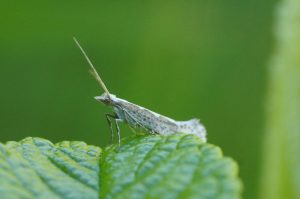

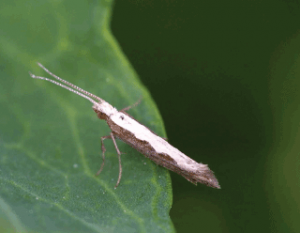

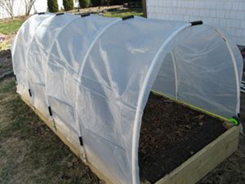
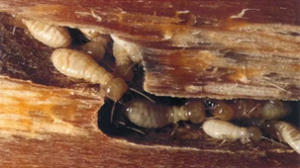

 Everyone thinks that eating well gives the body the essential nutrients when we consume fresh fruits and vegetables. This might be surprising to many people as most of the foods contain highly contaminated pesticides residue on them, there are many people make use of pesticides in foods.
Everyone thinks that eating well gives the body the essential nutrients when we consume fresh fruits and vegetables. This might be surprising to many people as most of the foods contain highly contaminated pesticides residue on them, there are many people make use of pesticides in foods.
 Squirrels of the order ‘Rodentia’ have 200 species and are categorized into three types: ground squirrel, tree squirrel and flying squirrel. Squirrels can be cute and amusing to watch in their natural environment. However, when they invade residential homes, destroy landscaping, eat vegetation, or scare away desirable birds, their antics quickly become less entertaining or cute. They are arboreal in nature. That means they live in trees. But they often choose to live in attics, chimneys, garage, vents etc. Any place that people live we also find them.
Squirrels of the order ‘Rodentia’ have 200 species and are categorized into three types: ground squirrel, tree squirrel and flying squirrel. Squirrels can be cute and amusing to watch in their natural environment. However, when they invade residential homes, destroy landscaping, eat vegetation, or scare away desirable birds, their antics quickly become less entertaining or cute. They are arboreal in nature. That means they live in trees. But they often choose to live in attics, chimneys, garage, vents etc. Any place that people live we also find them.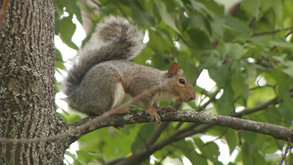 PORTLAND (WGME) – Central Maine Power is reporting that squirrels are causing a rash of power outages in southern and central Maine.
PORTLAND (WGME) – Central Maine Power is reporting that squirrels are causing a rash of power outages in southern and central Maine. Birds are known to spoil the areas they come across; they cause millions of dollars of damage every year. They cause damage to buildings, statues and monuments, machinery, automobiles, roofs, ventilation systems and many more. The damage that bird fouling causes historic buildings, statues and monuments can be extensive. Birds are known to spoil things around them by leaving their droppings which are acidic in nature. Their droppings can destroy almost any material let it be wood, stone, marble, steel or iron. The accumulated droppings can also destroy the roofs and paints, clog gutters and can cause a short circuit. Over time, the acid in bird droppings will eat away at tar-based roofing materials. Once their droppings get dry in the powder form they get to mix with the atmosphere which is inhaled by the humans and cause fungal disease like Histoplasmosis.
Birds are known to spoil the areas they come across; they cause millions of dollars of damage every year. They cause damage to buildings, statues and monuments, machinery, automobiles, roofs, ventilation systems and many more. The damage that bird fouling causes historic buildings, statues and monuments can be extensive. Birds are known to spoil things around them by leaving their droppings which are acidic in nature. Their droppings can destroy almost any material let it be wood, stone, marble, steel or iron. The accumulated droppings can also destroy the roofs and paints, clog gutters and can cause a short circuit. Over time, the acid in bird droppings will eat away at tar-based roofing materials. Once their droppings get dry in the powder form they get to mix with the atmosphere which is inhaled by the humans and cause fungal disease like Histoplasmosis.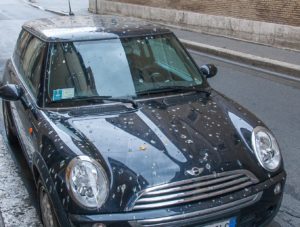
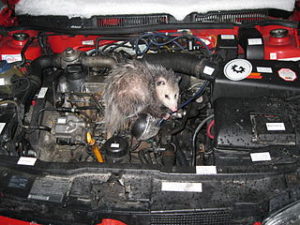 Plant-based wiring and furnishing in the car provide materials to rodents to build nests. Animals like a rat, pine marten, etc. have a pair of incisors which grow throughout their lives and to keep them in check they chew on anything sharp and hard like our automotive wirings, floor carpet, door cladding, etc. Also, these animals are attracted to the cars for warmth and shelter. Food stored in the cars attracts more animals.
Plant-based wiring and furnishing in the car provide materials to rodents to build nests. Animals like a rat, pine marten, etc. have a pair of incisors which grow throughout their lives and to keep them in check they chew on anything sharp and hard like our automotive wirings, floor carpet, door cladding, etc. Also, these animals are attracted to the cars for warmth and shelter. Food stored in the cars attracts more animals. Lenard Broadhead says biodegradable materials used in his new Honda are so “eco-friendly,” hungry squirrels find them irresistible.
Lenard Broadhead says biodegradable materials used in his new Honda are so “eco-friendly,” hungry squirrels find them irresistible.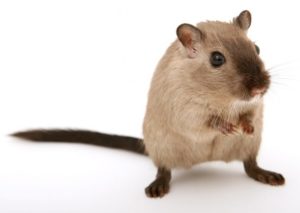 Since at least 2010, soy-based bio-plastics have been a popular alternative for wiring insulation in automobiles. But there’s a problem — rodents love how it tastes. This has allegedly resulted in a surprisingly high number of owners reporting that rats chewed through the wiring inside their automobile.
Since at least 2010, soy-based bio-plastics have been a popular alternative for wiring insulation in automobiles. But there’s a problem — rodents love how it tastes. This has allegedly resulted in a surprisingly high number of owners reporting that rats chewed through the wiring inside their automobile.